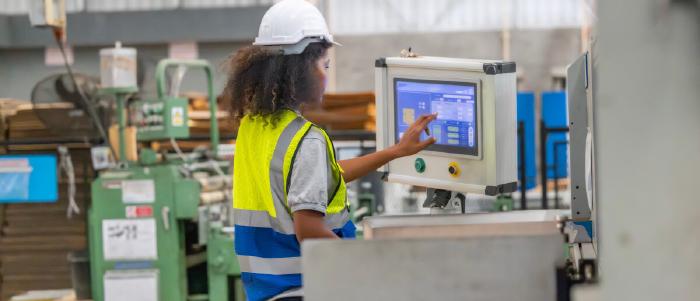
Oct 17 2024
7 min read


Mar
In this modern, fast-paced digital era, effective communication is crucial for businesses to thrive. age. As technology advances, integrating the Internet of Things (IoT) with digital signage emerges as a game-changer, revolutionizing how organizations engage with their audience. This dynamic fusion of IoT and digital signage offers unprecedented opportunities for personalized, real-time communication, enhancing customer experiences, and driving business growth.
Before delving into the synergy between IoT and digital signage, let’s briefly understand each concept individually.
IoT refers to the interconnected network of devices embedded with sensors, software, and other technologies, enabling them to collect and exchange data. These devices range from smartphones and wearables to industrial machines and household appliances, forming a seamless communication ecosystem.
Digital signage involves using electronic displays, such as LCD or LED screens, to convey information, advertisements, or messages to a target audience. Unlike traditional static signage, digital signage offers dynamic content that can be remotely controlled and updated, making it highly versatile for various applications.
Related article: Buyer's Guide to Choosing a Digital Signage
When IoT technology converges with digital signage, it opens up a myriad of possibilities for innovative communication strategies. Here’s how this integration unfolds:
IoT-enabled digital signage can interact with nearby devices or sensors, creating immersive experiences for viewers. For instance, sensors installed in retail stores can detect customer movements or actions, triggering relevant content on nearby digital displays. This personalized interaction captivates the audience and provides valuable insights for businesses to tailor their messaging effectively.
Gone are the days of static advertisements that remain unchanged for weeks. With IoT integration, digital signage can receive real-time data updates from various sources, such as social media feeds, weather forecasts, or inventory systems. For example, a restaurant’s digital menu board can automatically adjust prices or promote daily specials based on inventory levels or customer demand, ensuring relevance and timeliness.
IoT-enabled digital signage generates valuable data analytics, enabling businesses to understand audience behavior, preferences, and engagement patterns. By analyzing this data, organizations can refine their content strategies, optimize advertising campaigns, and measure the effectiveness of their communication efforts. This data-driven approach empowers businesses to make informed decisions and drive better results.
IoT technology allows for more accurate and granular audience measurement and analytics. By tracking metrics such as dwell time, attention span, and interaction rates, businesses can gain deeper insights into audience behavior and preferences, enabling them to refine their content strategies for better results.
Digital signage becomes integral to the broader IoT ecosystem, seamlessly integrating with other connected devices and systems.
For instance, in smart cities, digital signage can disseminate real-time traffic updates, public announcements, or emergency alerts, leveraging data from various IoT sensors and infrastructure. This interconnectedness fosters a more efficient and responsive urban environment, benefiting residents and visitors alike.
Related article: Internal Branding and More With Embassy Group
IoT-powered digital signage enables hyper-targeted content delivery based on individual preferences, demographics, or contextual factors. By leveraging data insights and machine learning algorithms, businesses can deliver personalized messages that resonate with each viewer, fostering deeper connections and driving engagement. Whether tailored product recommendations in retail stores or personalized greetings in hospitality settings, this customized approach enhances the overall customer experience.
IoT-enabled digital signage can dynamically adjust content scheduling based on real-time data inputs, such as foot traffic patterns or inventory levels. This ensures that the right content is displayed at the right time, maximizing the impact of messaging and optimizing resource utilization.
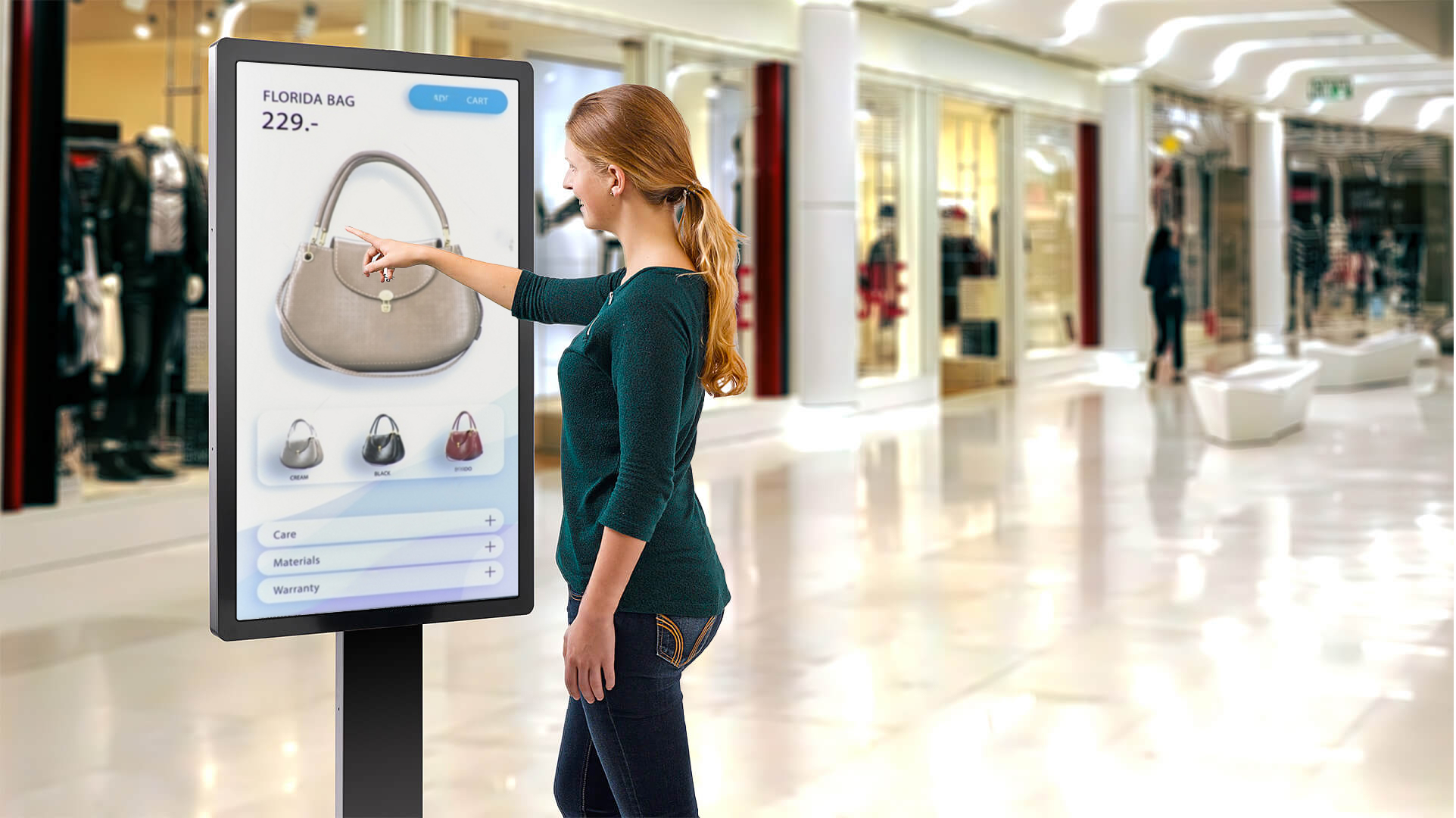
The synergy between IoT and digital signage transcends various industries, unlocking new possibilities for communication and engagement:
IoT-enabled digital signage in retail stores can offer personalized product recommendations, showcase real-time inventory updates, and engage shoppers with interactive experiences. IoT devices such as sensors and RFID tags can track inventory levels, customer foot traffic, and shopping behaviors. This data is then used to update digital signage in real-time, directly displaying targeted advertisements, promotions, and stock information to customers on the shop floor.
A notable example is the clothing retailer Zara, which uses RFID technology to manage inventory. The system allows for real-time updates on digital signage, showing customers the availability of products, sizes, and colors within the store, enhancing the shopping experience and operational efficiency.
Source
Hotels and resorts can utilize IoT-powered digital signage for guest communications, room customization, and concierge services, enhancing the overall guest experience. IoT devices can adjust room conditions in the hospitality industry based on occupancy sensors. At the same time, digital signage provides guests personalized welcomes, event information, and promotional offers based on their preferences and behaviors.
A suitable example would be how Marriott Hotels have implemented digital signage that interacts with their mobile app, allowing guests to receive personalized information and offers and enhancing their stay experience.
Airports, train stations, and bus terminals can deploy digital signage for way finding, passenger information, and advertising, optimizing the travel experience for commuters. Transportation systems utilize IoT to track the location and status of vehicles. This information is displayed on digital signs at bus stops, train stations, and airports, providing passengers with up-to-date schedules, delays, and gate information.
A suitable example would be the London tubes. London’s Underground service uses digital signage connected to IoT sensors to inform passengers of train schedules, delays, and real-time maintenance updates, improving passenger experience and operational efficiency.

Educational institutions can leverage IoT-enabled digital signage for campus announcements, event promotions, and interactive learning experiences, enriching the student learning environment. Though not very prevalent in India, academic institutions use IoT devices to monitor classroom environments and resources. Digital signage displays relevant information such as class schedules, events, and emergency notifications to students and staff, ensuring everyone is well-informed.
The University of Michigan is a great example of how the amalgamation of IoT and digital signage was put to best use. The university uses digital signage in sync with IoT to display real-time information about bus schedules, dining hall menus, and campus events, improving campus life for students and staff.
Image Source
Hospitals and clinics can use digital signage for patient communication, way finding, and queue management, improving operational efficiency and patient satisfaction. IoT devices like wearables and sensors monitor patient health data and hospital resources in a healthcare setting. Digital signage then displays this vital information to healthcare professionals, providing updates on patient status, room availability, and emergency alerts, facilitating a faster and more informed response.
For example, the Mount Sinai Hospital in New York uses digital signage integrated with IoT devices to display real-time information on bed availability, reducing wait times and improving patient flow and care.
The fusion of IoT and digital signage represents a paradigm shift in communication, offering unparalleled opportunities for personalized, real-time engagement across various industries. The synergy between IoT and digital signage across sectors is a move towards more interactive, efficient, and customized communication and operational processes.
Businesses can help create an immersive experience for their customers by harnessing the power of interconnected devices. By doing this with streamlined data analytics and dynamic content delivery, they can captivate their audiences and drive their brand loyalty in this digital era. The union of IoT and digital signage is inevitable as technology evolves and will transform how we connect and interact in the digital landscape
Take complete control of what you show on your digital signage & how you show it.
Take complete control of what you show on your digital signage & how you show it.
Start Free Trial Schedule My Demo
Oct 17 2024
7 min read
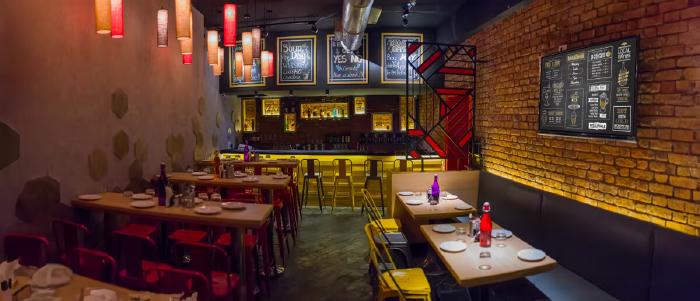
Oct 3 2024
8 min read
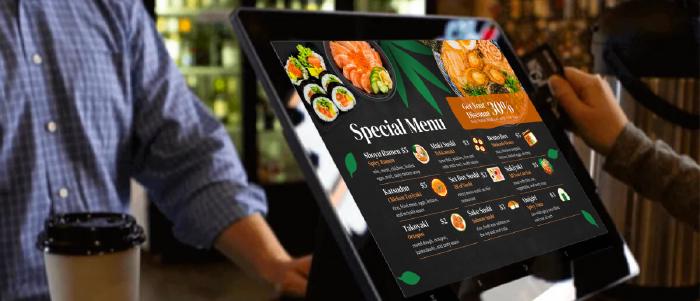
Oct 3 2024
6 min read
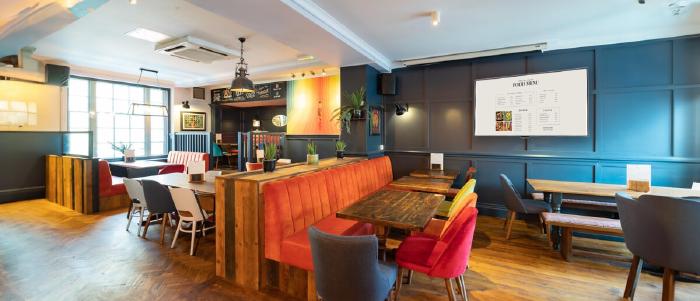
Sep 23 2024
5 min read